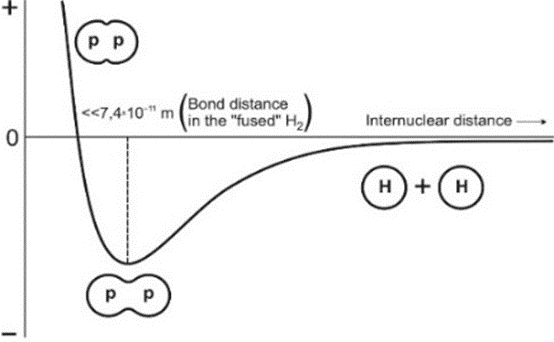Future and Past
in the Current Model of Expanding Universe
The standard
cosmology states that our Universe began about 13.8 Gy ago from a singular Big
Bang event. The fundamental observation
behind this theory was the cosmological redshift z of nearby and distant galaxies[1] (hereinafter the galaxies). The standard cosmology explains this shift in terms
of the expansion of the Universe. This expansion implies that these galaxies
are receding away from each other[2],
or in other words, the distance between them is increasing. In general, the galaxies at the larger distances from the Earth were born
before the galaxies at the smaller distances from it. Cosmologically speaking:
the former are younger than the latter, in respect to the Big Bang time or the former are older than the later,
in respect to the present time.
The “megamaser” method is useful for
precise distance measurement of nearby galaxies but it appears it is suitable for
very few of these galaxies
-“megamaser” galaxies. For the present case, we select two of these galaxies:
NGC 1052 and NGC 6264. Their respective distances from the Earth are 65 Mly and
447 Mly (determined
by the megamaser method) [2, and references therein]. For an Earth observer and
a hypothetical NGC 6264 observer, the NGC 1052 galaxy was born after the NGC
6264. However, for a hypothetical NGC 1052 observer the NGC galaxy 6264 was
born after his galaxy. Of
course, we could have chosen any two or more nearby and/or distant galaxies at different
distances from Earth.
Can this be interpreted that there is
no distinction between the past and future in the current model of the
expanding Universe or even that the time flow, in general, does not exist in
this Universe? Does it imply that the possible models of the
non-expanding Universe (such as the tired-light model) are much more
acceptable? This issue is
out of the scope of this communication.[3]
References
[1] We define nearby galaxies as those whose redshift z is from 0.001 to 0.1 (or 0.001 ≤ z ≤ 0.1) and distant galaxies with z > 0.1 {1, 2}. Of course, there is no sharp line between nearby and distant galaxies.
[2] Except for the objects which are part of the same gravitationally bound group or cluster of astronomical objects.
[3] As a scientist, I only sometimes dealt with time as a physical phenomenon and, mostly within the time dilation of Special Relativity. For this reason, I give up further consideration of the time flow of the Universe.












.jpg)

